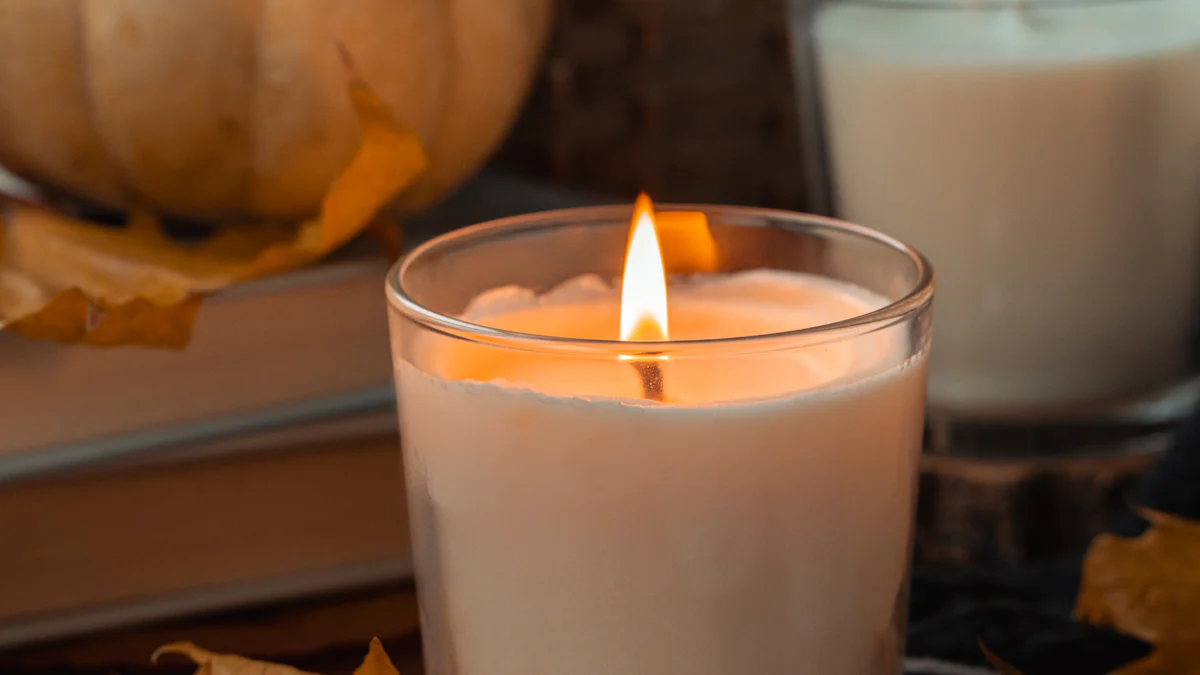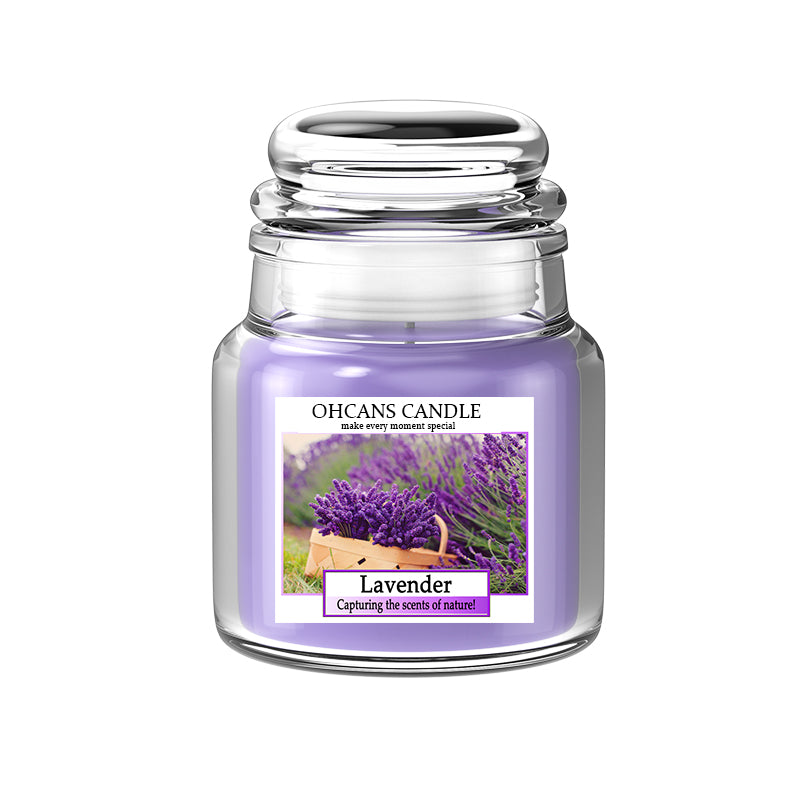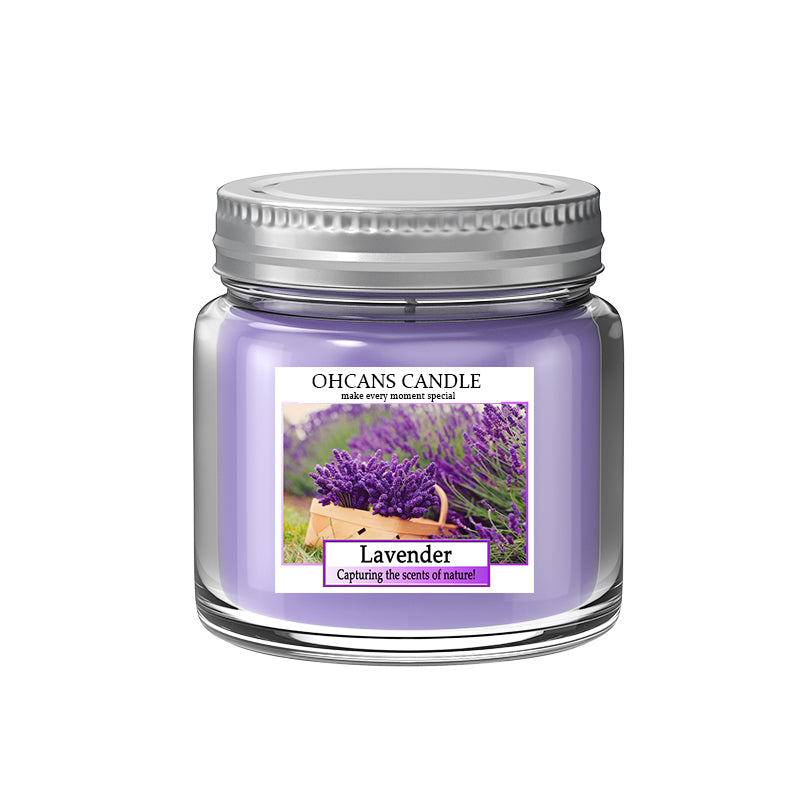Ultimate Guide to Scented Candles: Types of Wax, Making Tips & More

Unveiling the World of Scented Candles
Scented candles have become an integral part of creating a soothing ambiance and promoting well-being. The type of wax used in aromatherapy candles plays a crucial role in determining their quality, burn time, and fragrance dispersion. Understanding the significance of different wax types is essential for making informed choices when selecting scented candles. Additionally, the price variation among different wax types reflects their unique properties and benefits.
Moreover, scented candles serve diverse purposes beyond simply emitting pleasant aromas. They are widely used for relaxation, meditation, enhancing focus, and even masking unpleasant odors in living spaces. The versatility of scented candles makes them a popular choice for both practical and aesthetic reasons, adding an inviting atmosphere to any environment.
Understanding Different Types of Wax
When it comes to scented candles, the type of wax used greatly influences their performance and characteristics. Let's delve into the distinct properties and benefits of various wax options available:
Paraffin Wax: The Versatile Classic
Paraffin wax, a byproduct of petroleum refining, has been a staple in candle making for decades. Its low cost, easy availability, and ability to hold fragrance well make it a popular choice among candle makers. Paraffin wax is versatile and can be found in an extensive range of applications, from votive candles to container candles. However, it's important to note that the pricing of aromatherapy candles often correlates with the quality and purity of the paraffin wax used.
Soy Wax: Nature's Gift to Candle Making
Soy wax is derived from natural soybean oil, making it an eco-friendly alternative to traditional paraffin wax. The refinement process involves hydrogenation and purification to create a smooth and creamy base for crafting unique candles and aromatherapy products. One of the key benefits of using soy wax for scented candles is its clean-burning nature, which minimizes soot and extends the candle's lifespan.
Beeswax: A Luxurious and Fragrant Choice
Renowned for its luxurious aroma and natural origins, beeswax is a premium choice for scented candles. It stands apart from white beeswax due to its rich golden color and delightful honey-like scent. High-quality beeswax enhances candle properties by providing longer burn times and excellent fragrance throw. Its dense composition contributes to slow, clean burning while emitting a warm glow.

Coconut Wax: Safe, Healthy, and Sustainable
Coconut wax is extracted from natural coconut oil through a sustainable process. What sets it apart is its absence of harmful ingredients like paraffin wax or synthetic additives, making it an ideal choice for those seeking safe and healthy candle options. Additionally, coconut wax promotes sustainability as it utilizes a renewable resource without compromising on performance or fragrance diffusion.
Essential Elements of Candle-Making
Crafting scented candles is a delightful and rewarding process that involves several essential elements. Let's explore the key components that contribute to the art of candle-making:
Materials for Candle-Making
The fundamental materials required for candle-making include wax, wicks, and molds. These form the building blocks for creating exquisite candles. Additionally, various customization and decoration items such as dyes, fragrances, and embellishments play a crucial role in personalizing the appearance and scent of the candles. Understanding the distinct role of each material is essential in achieving desired results, whether it's creating pillar candles, container candles, or specialty-shaped designs.
The Role of Different Waxes in Candle-Making
Selecting the appropriate wax is paramount in determining the performance and characteristics of scented candles. Matching wicks with specific wax types is crucial as different waxes require wicks with varying burn rates to ensure optimal combustion. Furthermore, understanding the impact of wax properties on candle characteristics allows for customization based on factors like fragrance retention, burn time, and visual appeal. By carefully selecting the right wax for a particular project, candle makers can optimize overall candle performance.
Importance of Molds in Candle Production
Molds play a significant role in shaping candles into various forms and designs. They enable candle makers to unleash their creativity by producing an array of shapes ranging from classic pillars to intricate figurines. The variety of molds available allows for endless possibilities in creating visually appealing scented candles that complement diverse settings and occasions. The influence of molds extends beyond functionality to enhance the aesthetic charm of scented candles, making them captivating decorative pieces.
Elevating Your Candle Experience
Enhancing ambiance with carefully selected scented candles can transform any space into a haven of tranquility and comfort. The creative and therapeutic aspects of candle-making offer a fulfilling outlet for self-expression and relaxation, allowing individuals to immerse themselves in the art of crafting personalized, meaningful home decor. By curating a collection of scented candles that resonate with personal preferences and evoke cherished memories, one can elevate not only the olfactory experience but also the overall atmosphere of their living environment. Embracing the art of candle-making fosters a deeper appreciation for the beauty of handcrafted items and adds a touch of warmth and individuality to every room.




Leave a comment